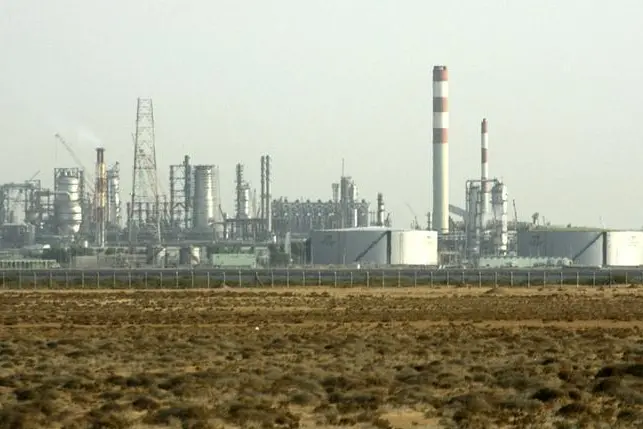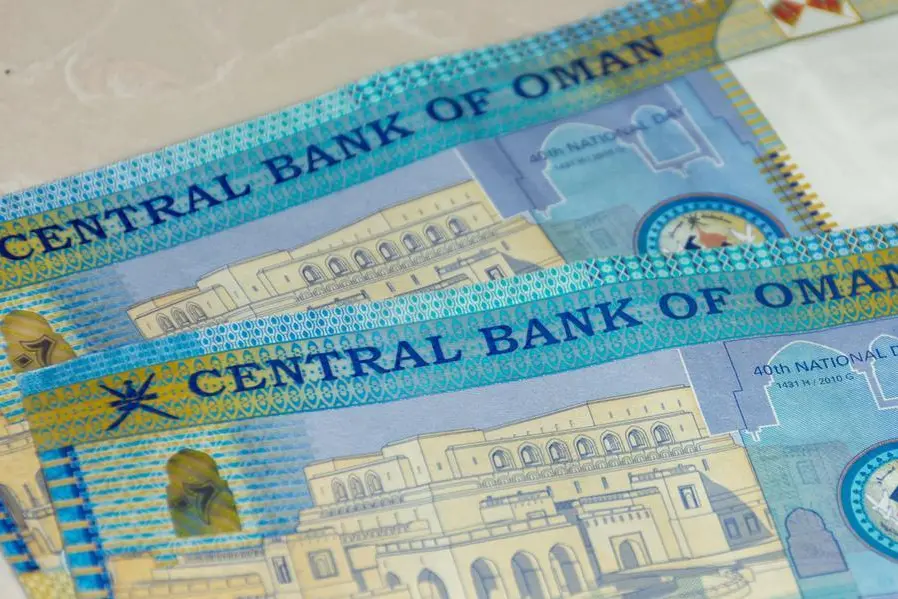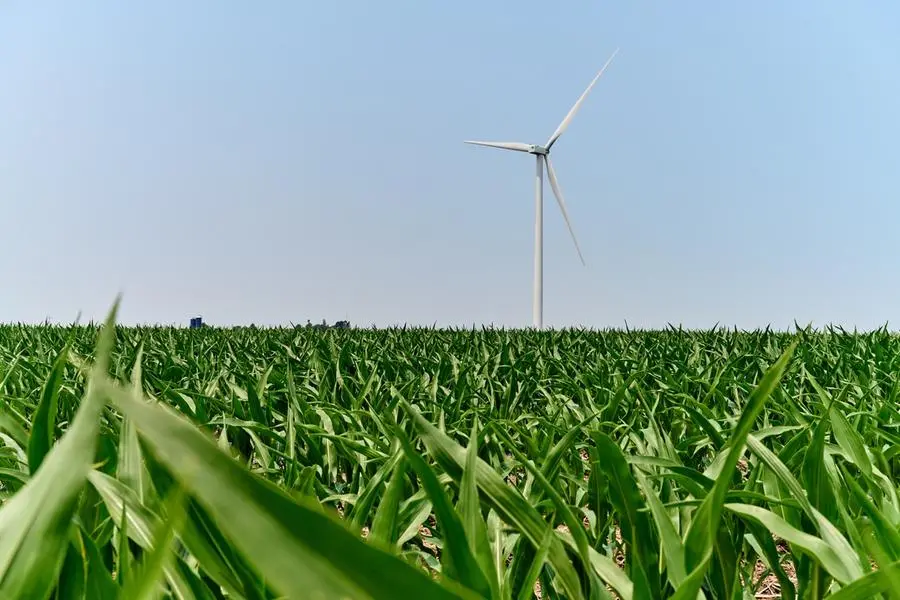PHOTO
CAMBRIDGE – Fluctuating Chinese demand has contributed to this year’s volatility in international oil prices. But the latest evolution on the supply side will have immediate geopolitical and financial implications that go well beyond the oil market. Specifically, Saudi Arabia has returned as the most important swing producer and thus the most influential marginal price-setter. But how long this situation will last is unclear.
China’s consequential demand-side effect on oil prices is widely acknowledged. The country is large, with extensive energy needs and high-intensity use, and depends heavily on external suppliers. And China-driven price effects have been particularly unpredictable this year as the Chinese authorities impose and lift lockdowns under the country’s zero-COVID policy.
The composition of price determinants on the supply side has been far less constant, making the tug of war with demand effects even more intriguing. To appreciate this emerging dynamic, consider how the dominant influences over the oil market have changed over the past 15 years.
First, the longstanding dominance of OPEC, de facto led by Saudi Arabia, faded because of the explosive growth of shale producers – including in the United States. The swing-producer role that is critical to curtailing large price overshoots in either direction thus moved to them and away from Saudi Arabia and its OPEC allies.
In an attempt to restore OPEC’s influence on the oil market, Saudi Arabia and Russia agreed in 2016 to establish an expanded output-quota arrangement. Known as OPEC+, this coalition restored the effectiveness of production ceilings announced by its members. But its lead price-setter role was undermined in subsequent years by growing concerns about climate change and the related urgent need to reduce dependence on fossil fuels.
But Russia’s invasion of Ukraine in February halted the apparent long-term erosion of the global economic and political role of OPEC+. The resulting Western sanctions disrupted oil supplies from Russia, helping to drive prices higher. That, in turn, prompted a renewed awareness of Saudi Arabia’s importance in the oil market, with a growing number of Western leaders urging the Kingdom to take steps to decrease prices.
There is perhaps no better illustration of Saudi Arabia’s return to energy-market dominance than US President Joe Biden’s reported plan to visit the Kingdom this summer – part of his efforts to reduce the energy-price burden on Americans ahead of November’s midterm congressional elections. Markets clearly understood the political signal and immediately moderated oil prices on the news, anticipating that a meeting between Biden and Mohammed bin Salman, Saudi Arabia’s crown prince, will result in OPEC maintaining higher output.
The Kingdom’s return in force to the global stage also has a financial dimension. With oil prices consistently above $100 per barrel this year, Saudi Arabia’s budget and balance-of-payments revenues are surging. Last month, the oil producer Saudi Aramco reported record profits. As a result, the Kingdom and other oil producers are searching for opportunities to invest the windfall, and governments’ domestic spending plans are becoming even more ambitious.
Yet, as dramatic as this shift undoubtedly is, the new oil-market configuration is fragile, which the Saudi authorities recognize, especially given the rollercoaster ride that oil prices have been on in recent years. There are already signs that high prices are hitting demand both directly and indirectly. The moderation of consumption will be accompanied by the encouragement of more efficient energy use, a tendency that the renewed emphasis on energy security will amplify.
We should also expect the supply side to adapt, reducing OPEC’s currently dominant influence. Shale producers, particularly in the US, are looking to increase output. The regulatory environment is inclined to be less restrictive. And alternative energy programs are being strengthened, including through greater subsidization, as part of efforts to tackle the climate crisis.
After decades of relative stability, oil-market dominance in the past 15 years, whether by OPEC or shale producers, has proven to be fleeting. In view of growing hostility toward fossil fuels, the most recent change, with Saudi Arabia suddenly and dramatically regaining its swing-producer role, is unlikely to alter the global oil market’s longer-term dynamics. It is only a matter of time until the supply side adjusts and demand considerations once again loom large.
Mohamed A. El-Erian, President of Queens’ College at the University of Cambridge, is a professor at the Wharton School of the University of Pennsylvania and the author of The Only Game in Town: Central Banks, Instability, and Avoiding the Next Collapse (Random House, 2016).























